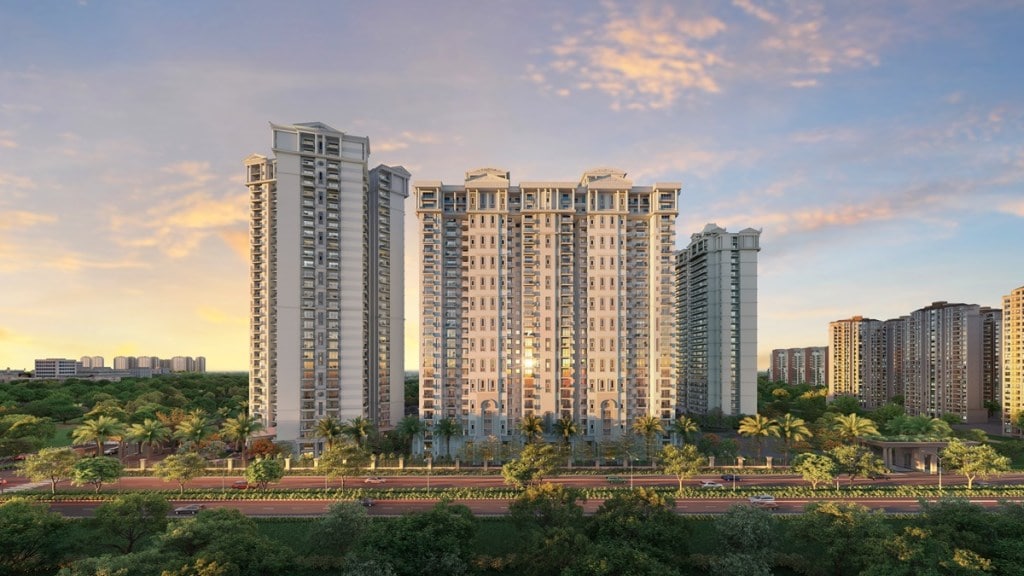Residential sales across India’s seven largest real estate markets fell by 9% year-on-year in Q3 2025 even as the total value of transactions rose sharply, driven by stronger demand at the higher end of the market. According to ANAROCK Research, approximately 97,080 units were sold across the top seven cities in Q3 2025, down from 1,07,060 units in Q3 2024.
Yet the aggregate sales value climbed about 14%, from roughly Rs 1.33 lakh crore a year earlier to Rs 1.52 lakh crore in Q3 2025 a divergence that points to heavier weighting of luxury and ultra-luxury transactions in the quarter.
Region specific data
The Mumbai Metropolitan Region (MMR) continued to dominate volumes, recording the highest quarterly sales at 30,260 units, followed by Pune with 16,620 units. Together, MMR and Pune accounted for nearly 48% of total sales in the top seven cities during the quarter. While most cities saw annual declines in sales, Chennai and Kolkata bucked the trend, posting annual increases of 33% and 4%, respectively.
Segmental composition of new supply tilted heavily towards luxury housing. Units priced above Rs 1.5 crore accounted for the largest share of fresh launches at 38%, followed by the premium bracket (Rs 80 lakh–1.5 crore) at 24% and the mid segment (Rs 40–80 lakh) at 23%. The affordable segment (under Rs 40 lakh) represented the smallest share at 16%.
New launches rose modestly, with 96,690 units introduced in Q3 2025 a 3% year-on-year uptick from 93,750 units in Q3 2024. MMR again led supply, adding 29,565 units, while Pune added 19,375 units. Notably, Pune, Kolkata and Chennai recorded strong annual increases in new launches Pune and Kolkata with double-digit gains and Chennai with a 38% rise even as other cities recorded declines.
Available unsold inventory across the seven cities saw only a marginal drop, standing at 5,61,756 units at end-Q3 2025 compared with 5,64,415 units a year earlier. On a quarterly basis inventory remained broadly steady.
Price momentum cooled but remained positive. Average residential rates across the seven cities rose by 9% year-on-year to Rs 9,105 per sq ft in Q3 2025, from Rs 8,390 per sq ft a year earlier. The National Capital Region recorded the steepest annual rise in prices at 24%, while Bengaluru saw prices climb by 10%.
“ANAROCK data shows a 9% annual housing sales decline in the top seven cities, clocking in at approximately 97,080 units in Q3 2025 against 1,07,060 units in Q3 2024,” said Anuj Puri, Chairman, ANAROCK Group. “However, sales continued to outstrip new supply in the quarter, reflecting continued market health.” Puri added that the jump in sales value indicates a tilt toward higher-ticket transactions.
What city-level data shows
City-level detail showed divergent dynamics. MMR’s new supply had a healthy share of affordable launches (over 35% of its Q3 additions), while Pune’s expansion was concentrated in the mid and upper-mid tiers (around 74% of its supply). In NCR, a big chunk roughly 70% of Q3 launches were in the luxury band, underscoring the region’s premium momentum.
Despite the monsoon and the traditional ‘shraad’ period, sales edged up 1% on a quarterly basis. Looking ahead, ANAROCK observers flagged several tailwinds including festivals that typically lift demand and headwinds such as affordability pressures and rising construction costs. The firm also suggested monitoring external factors such as changes to H-1B visa norms in the United States for any indirect impact on homebuying sentiment among globalised buyer cohorts.


